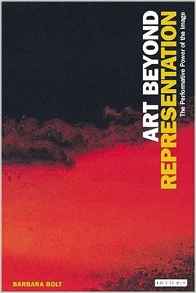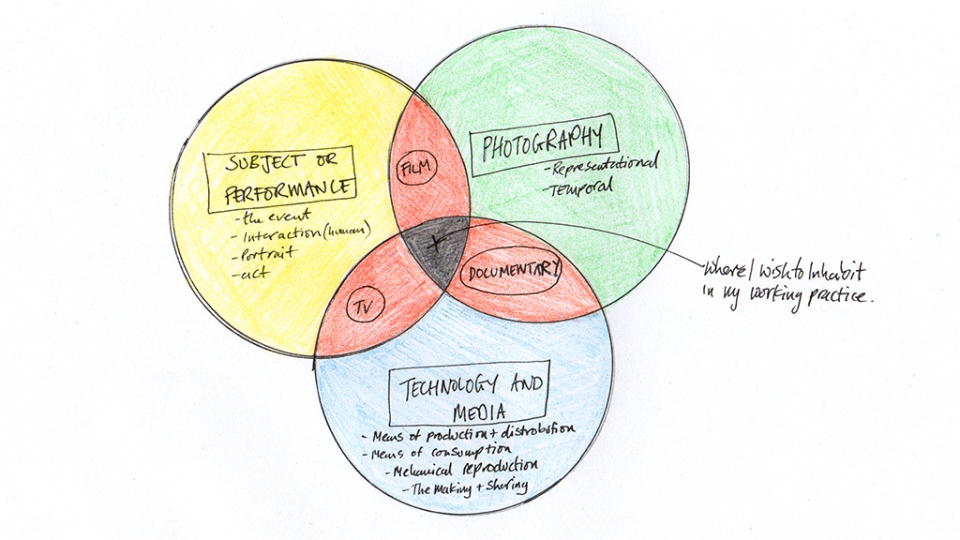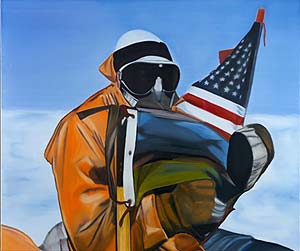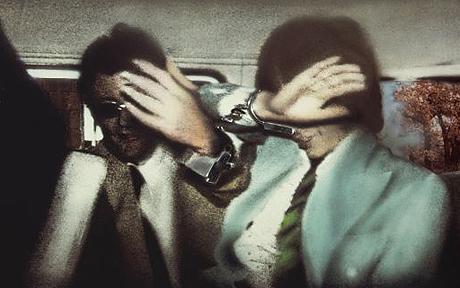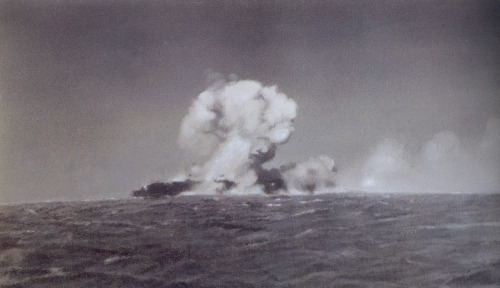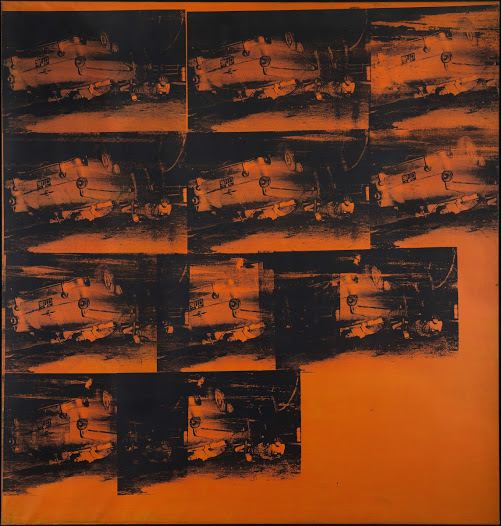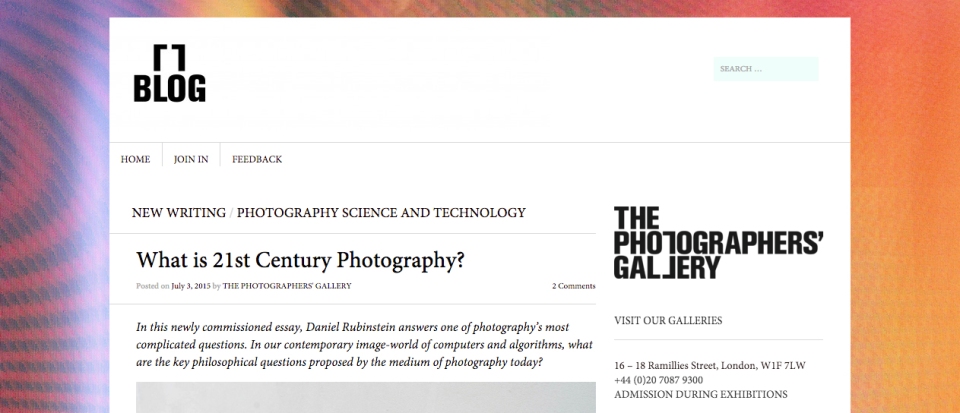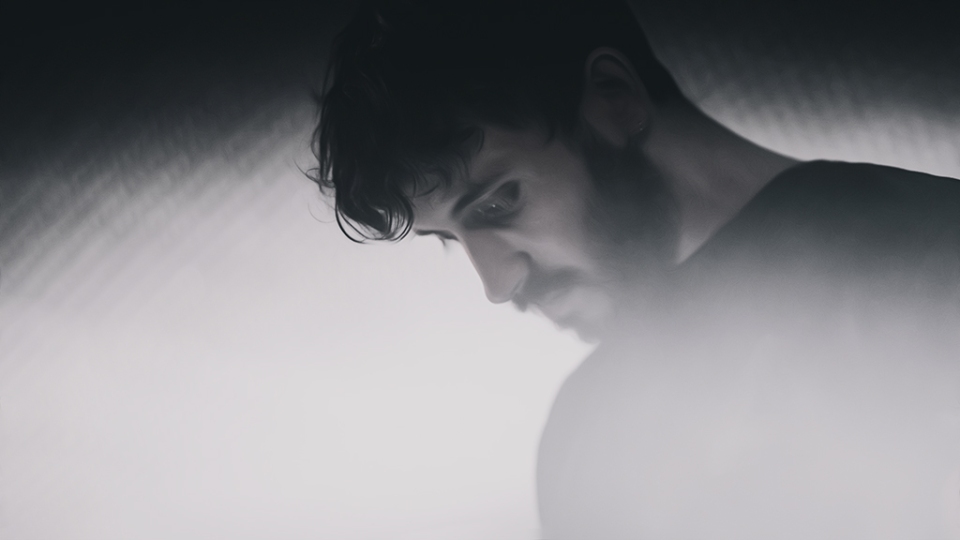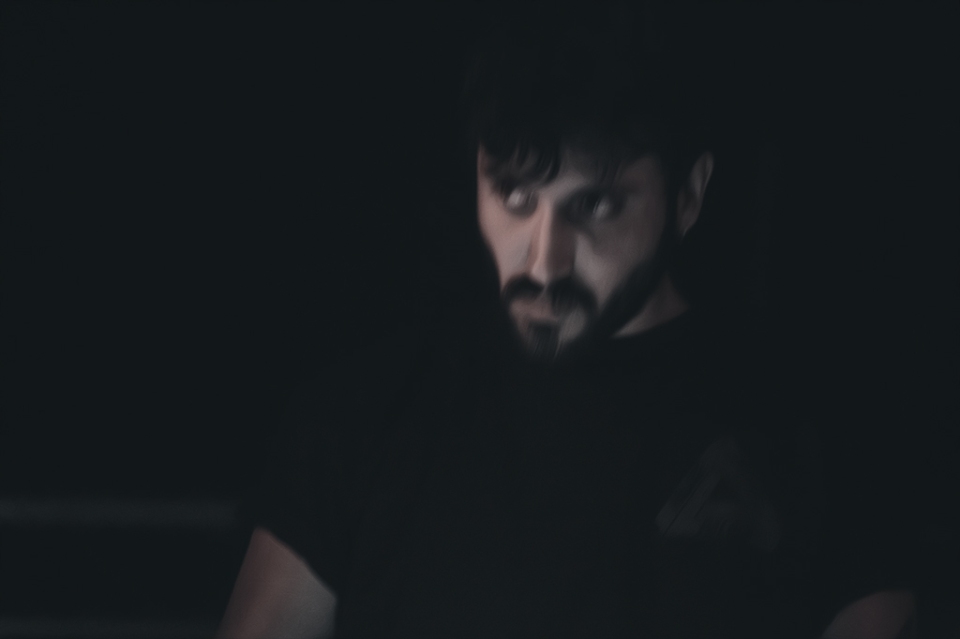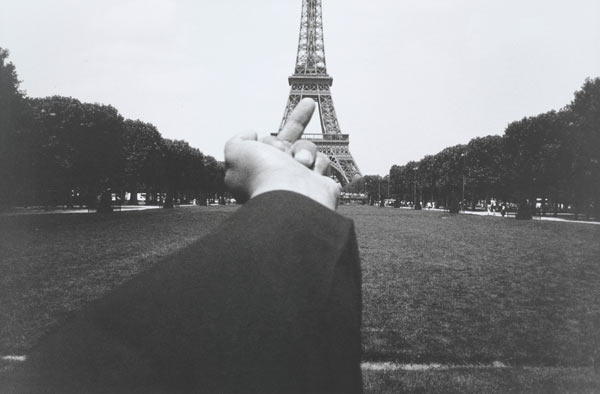
Ai Weiwei. Study of Perspective – Eiffel Tower. 1995-2003. Gelatin silver print. 38.9 x 59 cm.
Today I discovered information about an exhibition held at the MOMA in New York titled ‘Staging Action: Performance in Photography since 1960′ Organized by Roxana Marcoci, Curator, and Eva Respini, Associate Curator, Department of Photography. The Exhibition ran from January 28-May 9, 2011. On first discovering this exhibition I felt it to be of importance to my research, so I have been attempting to find out more and hopefully find a copy of the exhibition catalog somewhere, although so far this has proven quite tricky.

Rong Rong. East Village, Beijing, no. 81.1994. Gelatin silver print. 55.8 x 33.3 cm.
From what I can gather the exhibition featured 50 or so photographs taken from the MOMA collection and displayed singularly and also in series where appropriate. According to the website www.collectordaily.com the artists featured in the exhibition were Vito Acconci, Bas Jan Adler, Ai Weiwei, Matthew Barney, Gunter Brus, Robert Filliou, Lee Friedlander, Gilbert & George, Eikoh Hosoe, Huang Yan, George Maciunas, Ana Mendieta, Otto Muehl, Laurel Nakadate, Bruce Nauman, Hermann Nitsch, Adrian Piper, William Pope.L, Richard Prince, Arnulf Rainer, Robin Rhode, Rong Rong, Lucas Samaras, Rudolf Schwartzkogler, Cindy Sherman, Mieko Shiomi, Lorna Simpson, VALIE EXPORT, Ben Vautier and William Wegman. Whilst I am aware of a number of these artists I will most certainly need to look up the rest and begin to build a reference portfolio of artworks and artists working specifically in this field.
MOMA(2011) describes the exhibition on its website as such:
Performance art is generally experienced live, but what documents it and ensures its enduring life is, above all, photography. Yet photography plays a constitutive role, not merely a documentary one, when performance is staged expressly for the camera (often in the absence of an audience), and the images that result are recordings of an event but also autonomous works of art. The pictures in this exhibition, selected from the collection of The Museum of Modern Art, exemplify the complex and varied uses artists have devised for photography in the field of performance since the 1960s.
Relating this back to my ‘Aims and Objectives’ statement it is clear this is an important exhibition with regards my specific field of research.
My project aim is to discover how the application of time based media effects the experience of timed events/live performance with regards the particular contrast between the real performance and its recorded equivalents? By investigating case studies and existing theoretical discourse already established in this field, I will evaluate the particular values of representation between our experience of the real and our experience of the made recording in order to inform my working practice.
Moving forwards I will continue to find out more about this specific exhibition whilst looking for other sources of primary research in this field. I will also look to investigate further a selection of the artists who exhibited in this show so as to bring about a deeper understanding of their relative contexts in their specific working practice. The three images I have chosen to display in this post, Ai Weiwei, Rong Rong & Matthew Barney perhaps sign post further research.
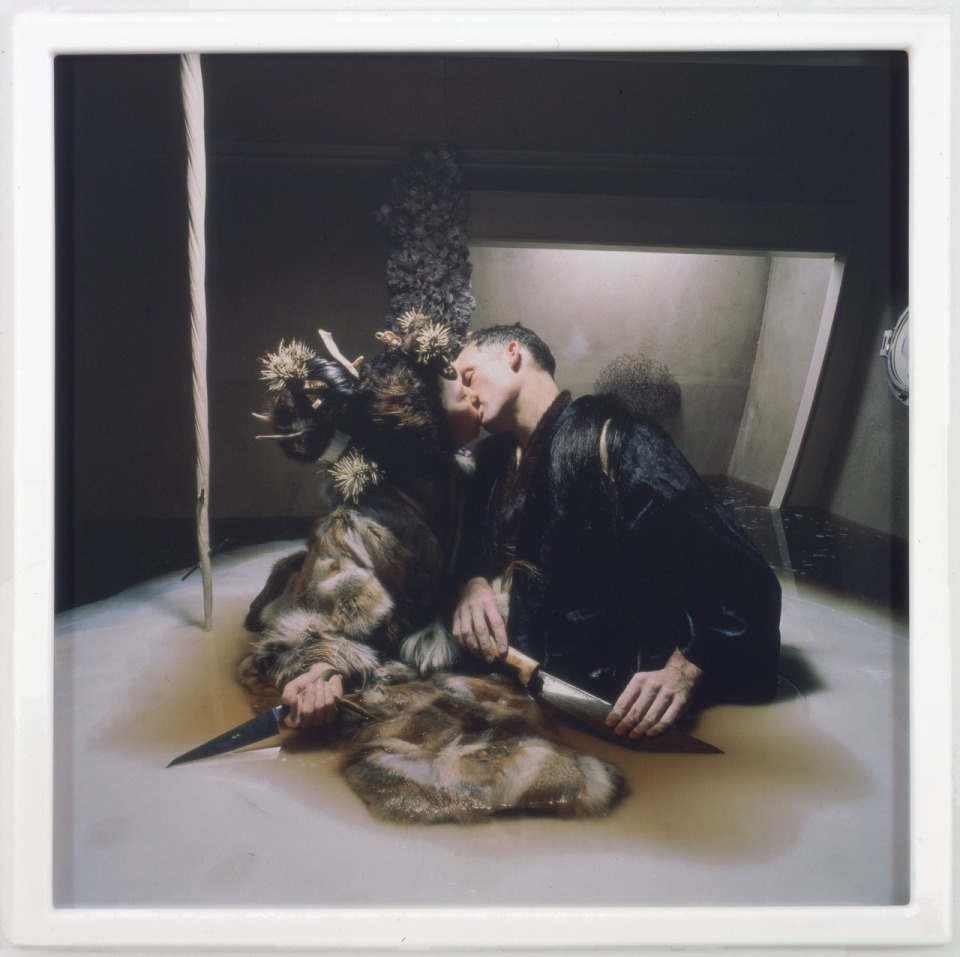
Matthew Barney. Drawing Restraint 9- Shimenawa 2005. Chromogenic colour print in self-lubricating plastic frame. 109.2 x 109.2 cm.
MOMA (2011) Staging Action: Performance in Photography since 1960, [online] Available from: http://www.moma.org/calendar/exhibitions/1087?locale=en [Accessed 23 November 2015]
Vincenzo Latronico, Frieze, Matter of Action, [online] Available from: http://www.frieze.com/issue/review/matter-of-action/ [Accessed 23 November 2015]
Hrag Vartanian, Hyperallergic, Performance Art Through the Lens, January 26, 2011 [online] Available from: http://hyperallergic.com/17509/performance-art-lens/ [Accessed 23 November 2015]
Loring Knoblauch, Collector Daily, Staging Action: Performance in Photography since 1960 @MoMA, March 15, 2011,[online] Available from: https://collectordaily.com/staging-action-performance-in-photography-since-1960-moma/ [Accessed 23 November 2015]


